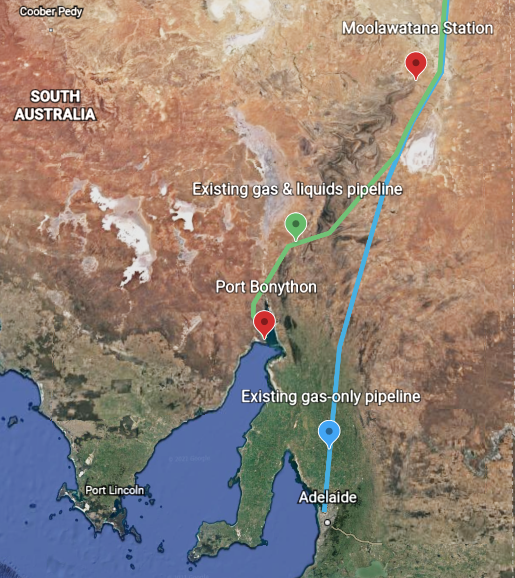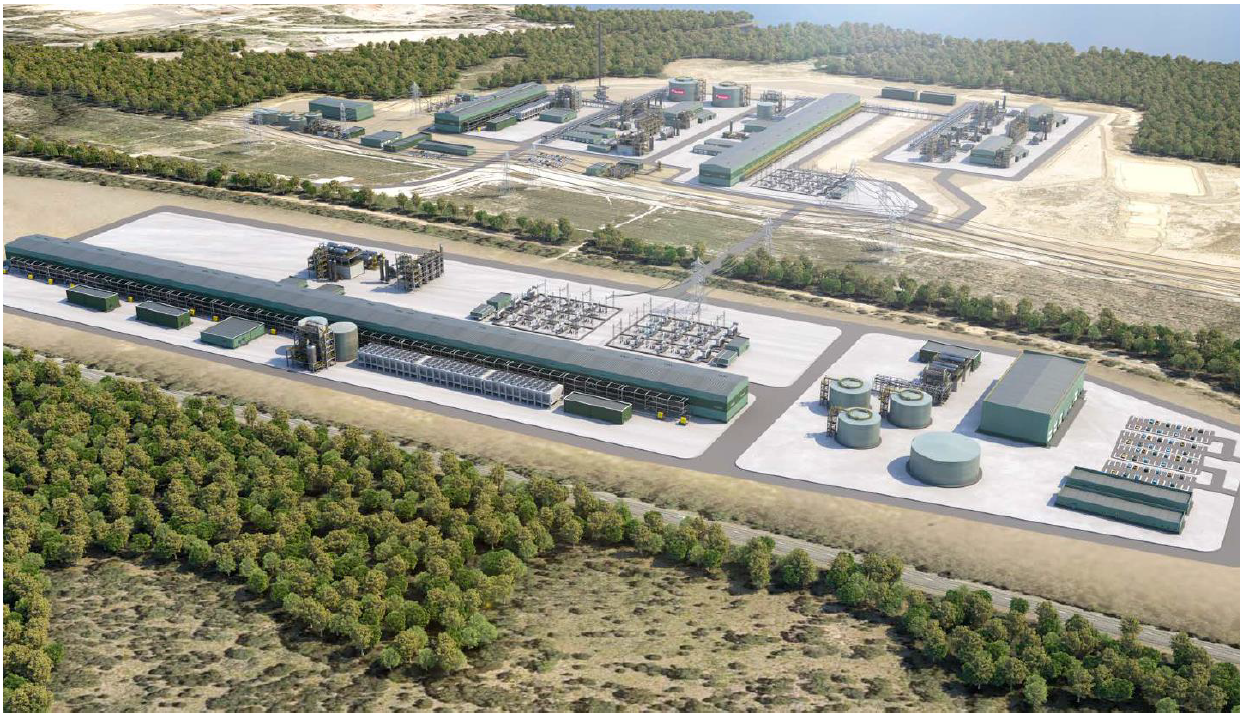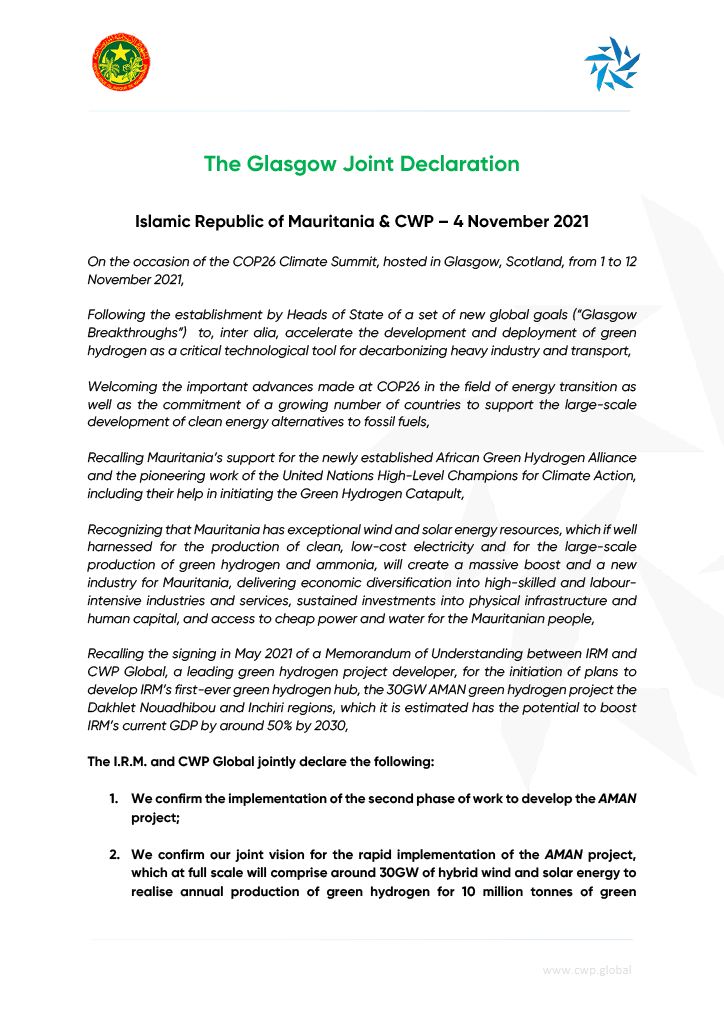Green ammonia in Paraguay
Paraguay's National Administration of Electricity (ANDE) signed a new MoU this week with MET Development and FerSam Uruguay to develop a 100% renewable energy-powered fertiliser plant in Alto Paraná. Hydroelectricity from the nearby Itaipu Dam will power green hydrogen production, which will then be utilised to produce ammonium nitrate fertilisers. ATOME Energy also announced plans for a 250 MW green hydrogen & ammonia production plant in the Itaipu Technology Park. Both project fit neatly into Paraguay's green hydrogen national strategy, with an installed electrolyser target of 600 MW set for 2030.









